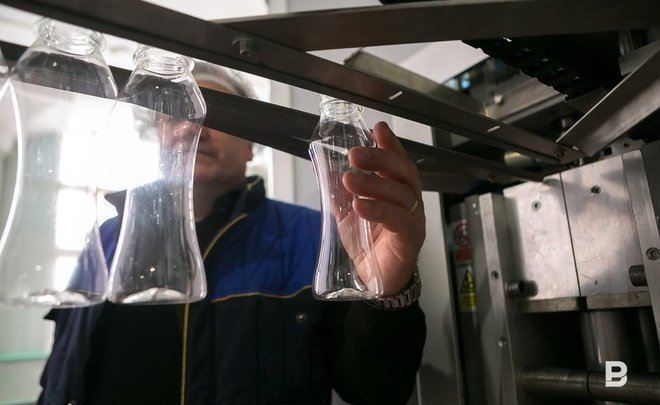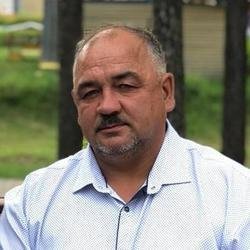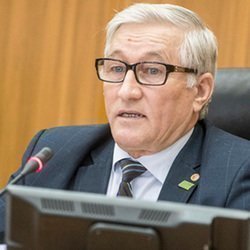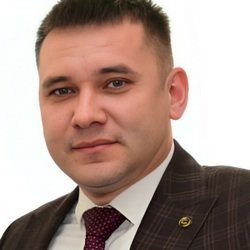‘It looks like a cartel collusion’: dairy plants tighten Tatarstan farmers' belts

Tatarstan milk producers have again complained about low purchase prices. In different regions of the republic, prices can vary by almost 7 rubles. As Realnoe Vremya found out, people pay the most in Baltasinsky (30,59 rubles per liter), Muslyumovsky (30,3), Kukmorsky (30,2) and Bugulminsky (30) districts. The lowest indicator is in Drozhzhanovsky — here the population buys for only 23 rubles 82 kopecks per liter of milk. They also pay little, less than 26 rubles, in the Kaibitsky, Verkhneuslonsky, Kamsko-Ustinsky, Buinsky, Tukayevsky and Zelenodolsk districts. Our correspondent looked into the situation.
“It looks like a cartel collusion”
Almaz Faskhutdinov, the deputy chairman for economics and finance of the Embulatovo agricultural cooperative, spoke about the constant decline in purchase prices.
“We are now being given to understand again that in the near future the price may decrease by about 1 ruble — 50 kopecks. It seems that this is not much, but even such decrease is noticeable for us. We work directly, sell milk to factories. Now raw materials are accepted for 39 rubles per kilogramme. Prices began to decline at the beginning of the new year. Since January 1, milk has become by 50 kopecks cheaper compared to December. In February, they promise to lower the price tag again.”
As Faskhutdinov explained, processors explain the decline in milk prices by that producers' costs have decreased, there is an overabundance of raw materials on the market, and the purchasing power of the population is also on the decline.
“The price reduction at the factories is explained in about the same way, almost “a blueprint”. Over-harvest — for example, the cost of compound feeds is cheap, the price of sunflower and rapeseed cake, compared to last year, has decreased by almost 2-1,5 times, they say. Besides, the republic has received a large number of heifers, the livestock has grown, and there is more milk, respectively. In their opinion, it has become less expensive to keep cows for us, and therefore, it is possible to reduce the price of raw materials. Processors also note low demand and a large amount of milk produced. But there has never been such a plant that would refuse milk.
The farmer considers it necessary to strengthen the work of the antimonopoly service in relation to processors in Russia as a whole:
“We see at what level the prices of milk in stores are kept. They do not decrease, unlike the cost of raw materials. There is no direct connection here. I think it's a monopoly. It is easier for factory owners to find a common language and agree among themselves. There are trade unions that could protect the rights of producers, but in fact, they do not work. In addition, many milk producers simply do not belong to these unions. Producers are not protected, unlike processors.”
Embulatovo PSKhK supplies raw materials to the factories of Tatarstan, Ulyanovsk Oblast, and Chuvashia.
“There is always a demand for milk. We try to look for better deals. Where a high price if offered, we take milk there. We have specially made it so that one branch of our cooperative delivers milk to one plant, the second — to another. So that there is competition and so that we have at least some opportunity to restrain prices," Faskhutdinov believes.
Costs are rising, but the price is standing still
A farmer from the village of Azeevo in the Novosheshminsky district, head of the Khusamutdinov farm, Foat Gusamutdinov, said that he plans to purchase industrial refrigerators in order to be able to deliver milk at an increased price.

Foat Gusamutdinov admitted that while his farm does not deliver milk. The farm has a small production facility where kaymak, cottage cheese, kort, katyk and other fermented milk products are made.
“We pack them in usual plastic containers. We sell mainly in the city of Chistopol, sometimes we go to Novosheshminsk. We don't sell through stores. In Chistopol, we have an oral agreement with the market, they give us a place to trade. We go there twice a week. People are happy to buy natural products. For two years, we went to Kazan, organised the delivery, my children were engaged in this. But this year we stopped this service. We don't have time. We have our own lands, about 70 hectares. There is an MTZ tractor. A little later, when extra milk appears, we plan to start delivering raw materials again. It's good that there are subsidies from the state, they give 3 thousand rubles a year for each cow. Not much, but thanks for that. And special thanks for the fairs. We take part in them every year, and in the fall, for example, we went every weekend. This is a great help for us.
It is necessary to unite in cooperatives
Chairman of the Association of Farmers and Peasant Farms of the Republic of Tatarstan Kamiyar Baytemirov believes that the creation of corporate events for the collection and deep processing of milk will help to keep prices at the proper level. Now there are 24 such cooperatives operating in the republic.

According to Kamiyar Baytemirov, Tatarstan milk is now supplied to its republican factories and to other regions. We are talking not only about neighbouring regions, but also St. Petersburg, Moscow, Yekaterinburg.
“The price for milk is different in each district. It is usually dictated by intermediaries. Before milk gets to our table, it passes through at least three hands, and if we also count trade, then through all five. And everyone wants to get their own benefit. Producer turns out to be a whipping boy, the one who milks the cow, the one who grows bread, who keeps cattle. Political will and clear control are needed here. The FAS must track prices necessarily. Otherwise, it will be unprofitable for people. First, a villager will refuse cows, replace them with geese, and then completely abandon any living creatures. Now 30% of the total number of livestock is kept in private subsidiary farms of the population.”
There is no leverage on prices
The main reasons for the low purchase prices for milk among the population are the remoteness of the district from milk reception points, small volumes of products delivered, and instability of its quality. Artur Shamsiev, the head of the Food Market Development Department of the Ministry of Agriculture and Food of Tatarstan, told Realnoe Vremya about this.

As Artur Shamsiev noted, the state has no direct influence on setting the price, but the government provides assistance to those who keep cattle.
“The programme of construction of mini-farms is most in demand by the population. In 2022, 107 private households received subsidies for 50 million rubles. Farms receive up to 600 thousand rubles for the construction of a mini-farm for eight cows, which significantly reduces the cost of milk.
How to get state support
To date, the most popular state programmes among the population are subsidies for the construction of mini-farms and the purchase of livestock. This was told by the head of the Department of Agriculture and Food of the Arsky district, Lenar Abdullin.

According to him, now there are 6,238 heads of dairy cows in private farms of the district. The livestock is not being reduced. Compared to last year, the number of cattle has already increased by 45 cows. “Milk is collected by district entrepreneurs, and there are quite a lot of them. Today the price for the population is 29 rubles per liter. There was no price reduction in the summer. It primarily depends on the quality. The higher the quality, the higher the price. A large number of milk collectors generates healthy competition, and the price is kept approximately at the same level. Not to lose their market, intermediaries keep prices stable," he added.
According to the state programme of subsidising the construction of mini-farms, 13 mini-farms have been built in the Arsky district. For premises designed for more than eight heads, a subsidy of 600 thousand rubles is given. For five cows — 300 thousand. Those who keep cows are also given a subsidy: for one cow — 2 thousand, two cows — 3 thousand, a larger number — 4 thousand per cow per year.